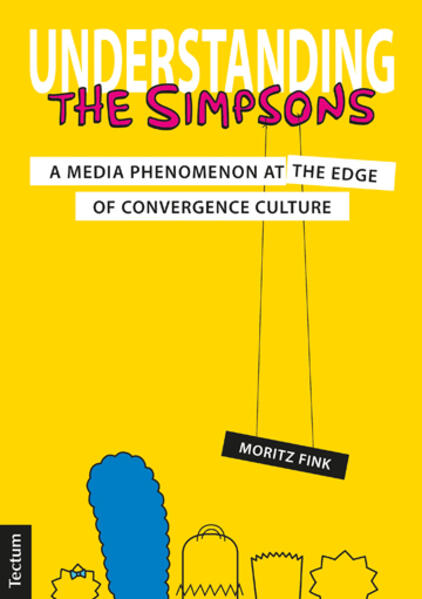
Zustellung: Sa, 12.07. - Di, 15.07.
Versand in 4 Tagen
VersandkostenfreiBestellen & in Filiale abholen:
Conceived as a renegade TV show in the late 1980s, The Simpsons has become one of the most long-lasting and all-pervasive media phenomena in American television history. More than twenty-five years after its television debut, the Simpsons series may be beyond its prime; in the realm of popular culture, however, the yellow cartoon characters continue to represent strong cultural currency. In an accessible way, Understanding The Simpsons traces the show s origins, analyzes its complex position in-between commercial and alternative culture, and examines its role in today s ludic media environment. Drawing on numerous illustrative examples from the series and the paratextual realm that surrounds it, Moritz Fink puts The Simpsons in the timely context of transmedia relationships and convergence culture. From this perspective, Understanding The Simpsons demonstrates that the significance of Homer and Co. lies less in their economic persistence than in their permanent cult status.
Inhaltsverzeichnis
List of Figures
Acknowledgments
Introduction
PART ONE: INDUSTRY
1. Alternative TV: Fox, Gen Xers, and the Profits of Subversion
2. Echoes from the Counterculture: A Liberalist Agenda on Prime Time
PART TWO: AESTHETICS
3. Cartoon Revival: The Simpsons and the Renaissance of Animation
4. Gen-X Sensibility: Representing Participatory Culture
PART THREE: PARTICIPATION
5. Springfield's Participatory Realm: Unfolding the Simpsons Cult
6. Jamming with The Simpsons: Public Images in Remix Culture
Conclusion: Television at the Edge of Convergence Culture
Appendix: An Interview with Henry Jenkins
Simpsons Episodes Cited
Audiovisual Primary Sources
References
Index
Acknowledgments
Introduction
PART ONE: INDUSTRY
1. Alternative TV: Fox, Gen Xers, and the Profits of Subversion
2. Echoes from the Counterculture: A Liberalist Agenda on Prime Time
PART TWO: AESTHETICS
3. Cartoon Revival: The Simpsons and the Renaissance of Animation
4. Gen-X Sensibility: Representing Participatory Culture
PART THREE: PARTICIPATION
5. Springfield's Participatory Realm: Unfolding the Simpsons Cult
6. Jamming with The Simpsons: Public Images in Remix Culture
Conclusion: Television at the Edge of Convergence Culture
Appendix: An Interview with Henry Jenkins
Simpsons Episodes Cited
Audiovisual Primary Sources
References
Index
Produktdetails
Erscheinungsdatum
05. Dezember 2016
Sprache
englisch
Seitenanzahl
262
Autor/Autorin
Moritz Fink
Verlag/Hersteller
Produktart
kartoniert
Abbildungen
w. figs.
Gewicht
385 g
Größe (L/B/H)
210/148/18 mm
ISBN
9783828837850
Entdecken Sie mehr
Bewertungen
0 Bewertungen
Es wurden noch keine Bewertungen abgegeben. Schreiben Sie die erste Bewertung zu "Understanding The Simpsons" und helfen Sie damit anderen bei der Kaufentscheidung.









